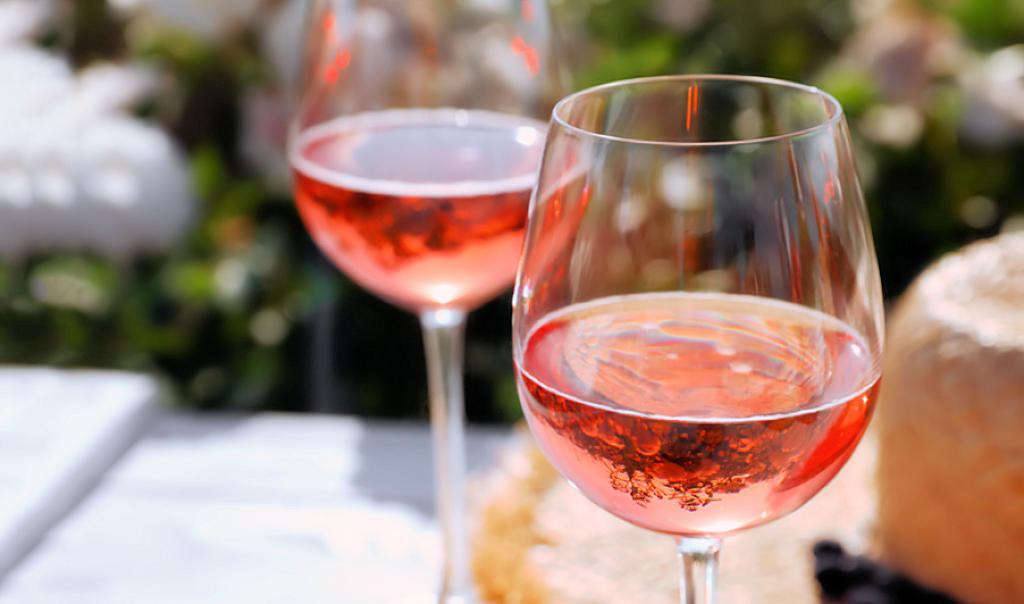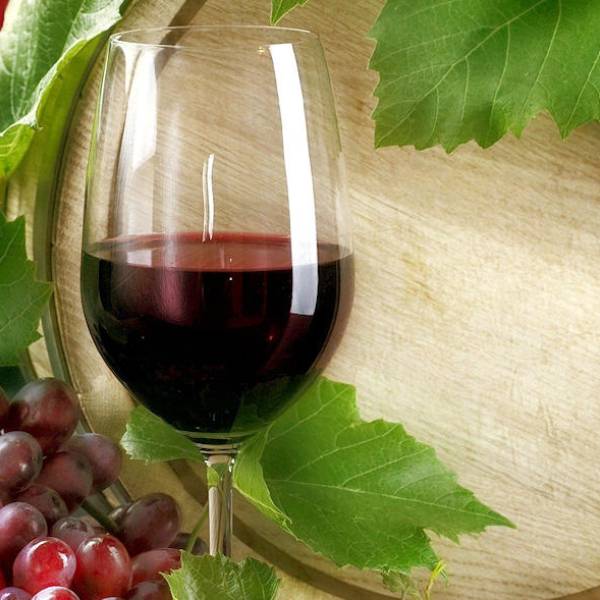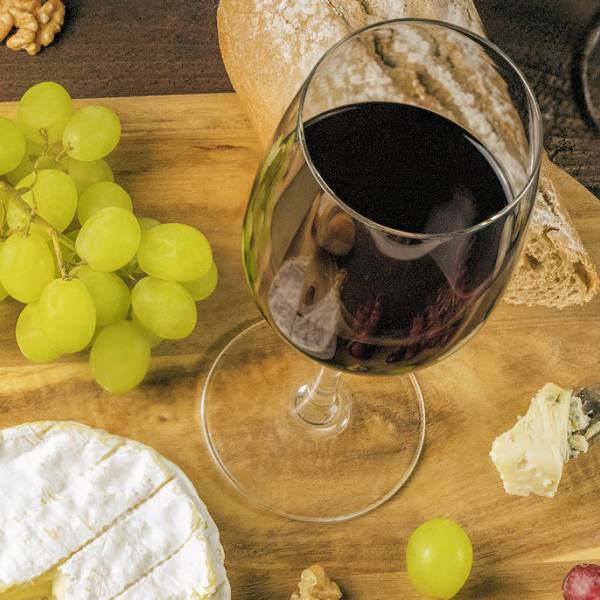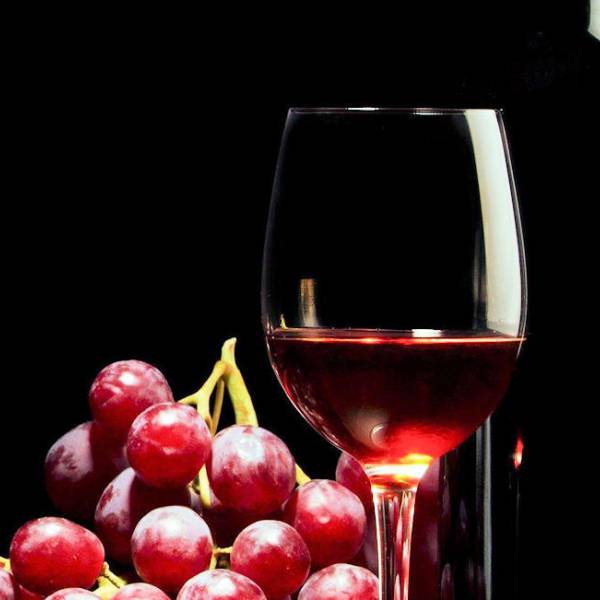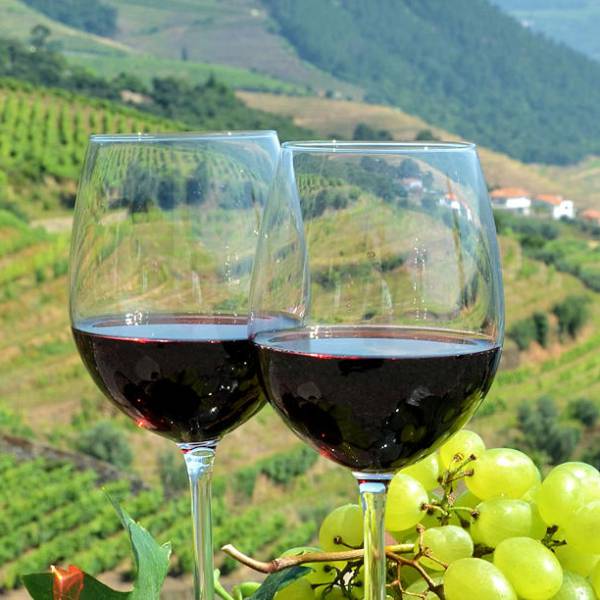Traditionally, Port wines are classified into two main categories: Ruby Port and Tawny Port. Ruby Ports, known for their deep red hues, boast robust flavors and a full-bodied profile. These wines are typically aged for a brief period of up to three years in large oak vats or stainless steel tanks. Tawny Ports, on the other hand, exhibit a lighter coloration and offer a more intricate, nutty flavor profile. They undergo extended aging, typically ranging from 10 to 40 years, in small oak barrels.
Intriguingly, the story of Rosé Port begins with Croft, one of the oldest and most esteemed Port houses. Recognizing the need to captivate a wider, more diverse audience and provide a refreshing alternative to traditional Ports, Croft embarked on a journey of innovation. In 2008, after obtaining approval from the regulatory body IVDP (Instituto dos Vinhos do Douro e Porto), Croft unveiled their creation: Croft Pink, the pioneering Rosé Port.
To craft Rosé Port, Croft employs the same red grape varieties as other Port wines, such as Touriga Franca, Touriga Nacional, Tinta Roriz (Tempranillo), Tinta Barroca, and Tinto Cão. However, what sets Rosé Port apart is its unique vinification process. Minimal skin contact during fermentation imparts a pale pink hue to the wine, reducing the presence of tannins. Furthermore, Rosé Port undergoes fermentation at low temperatures, a meticulous approach that preserves its refreshing fruitiness. Following the addition of grape brandy to arrest fermentation, Rosé Port skips the aging process entirely, reaching consumers in its youthful, exuberant state.
Lisbon.vip Recommends
While Rosé Port can certainly be enjoyed on its own, it is also an ideal candidate for creative mixology endeavors. The addition of tonic water or soda water creates a refreshing beverage that tantalizes the taste buds. Cocktail enthusiasts can use Rosé Port as a base for concoctions like sangria or spritz, introducing a unique twist to these classic libations. When it comes to food pairings, Rosé Port complements an array of dishes. It harmonizes beautifully with light desserts, such as fruit salads, sorbets, or luscious cheesecakes. Savory options, including salads, seafood delicacies, and artisanal cheeses, also find a worthy companion in this versatile wine.
Serving Rosé Port at the appropriate temperature enhances its sensory qualities. To unlock the full range of flavors, it is recommended to chill the wine to a temperature between 6°C and 10°C (43°F and 50°F). Storing the wine in a cool, dark place and consuming it within six months of opening will ensure its optimal quality and taste.
In conclusion, Rosé Port represents a delightful departure from the traditional world of Port wines. Born out of innovation and a desire to captivate a broader audience, this style offers a fresh and vibrant experience that is sure to enchant wine enthusiasts. With its mesmerizing pink hues, alluring aromas, and balanced flavors, Rosé Port stands as a testament to the ever-evolving landscape of wine production. So, raise your glass and embark on a journey through the captivating realm of Rosé Port – a true testament to the artistry and inventiveness of winemakers.


